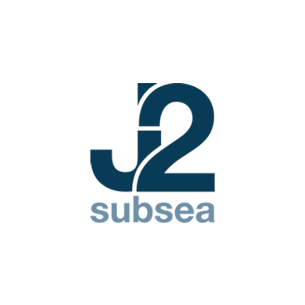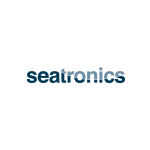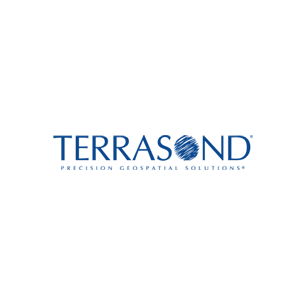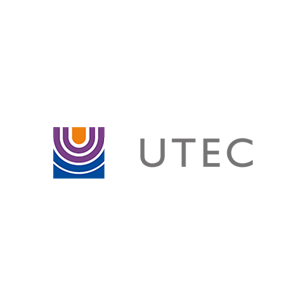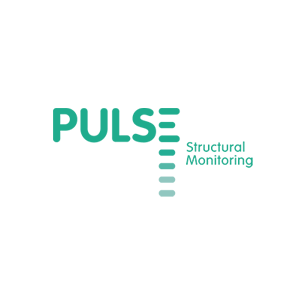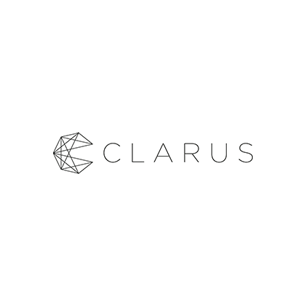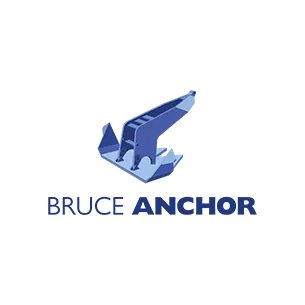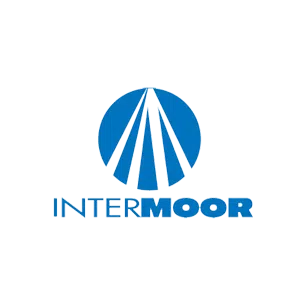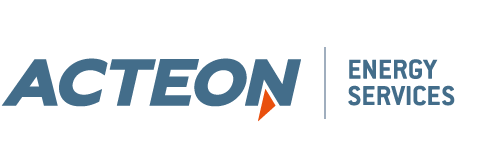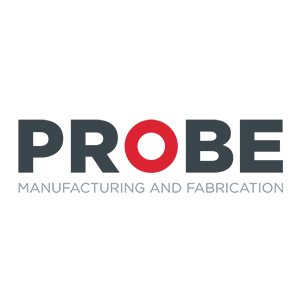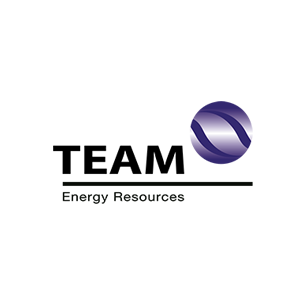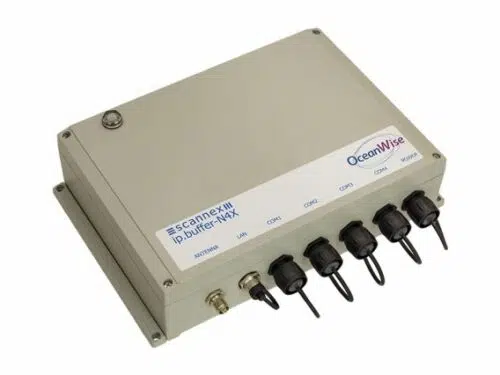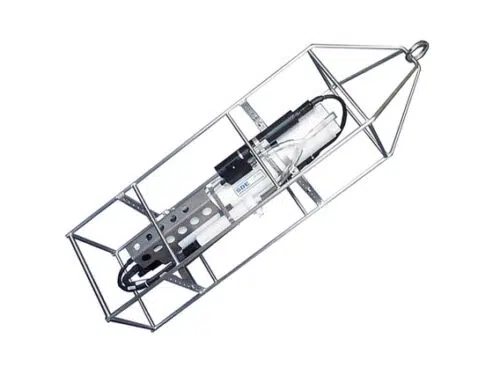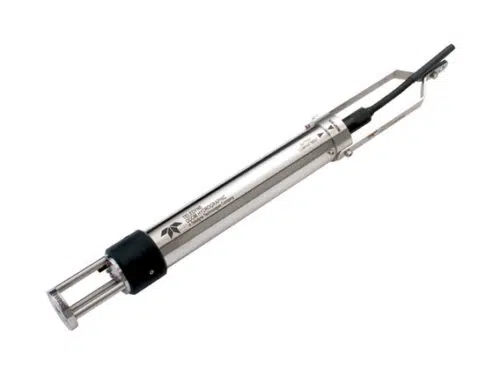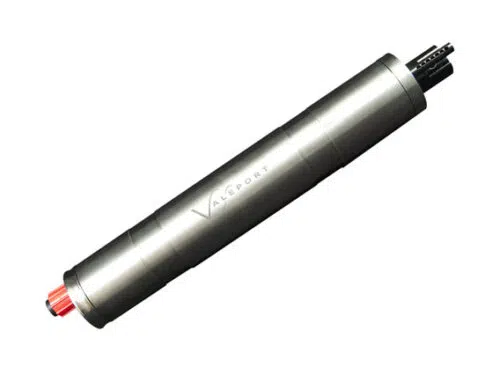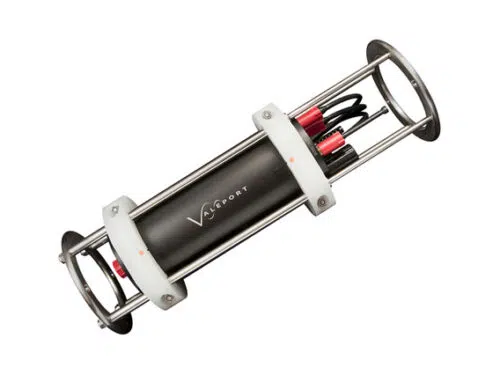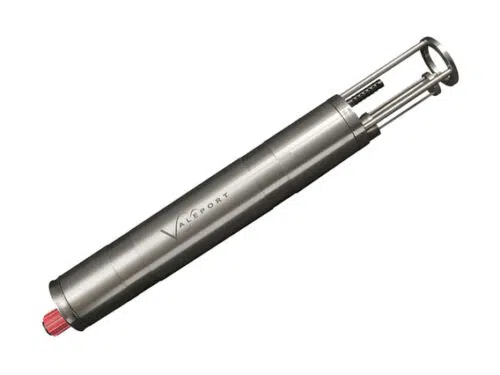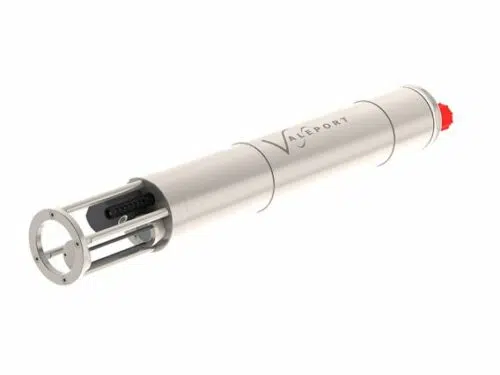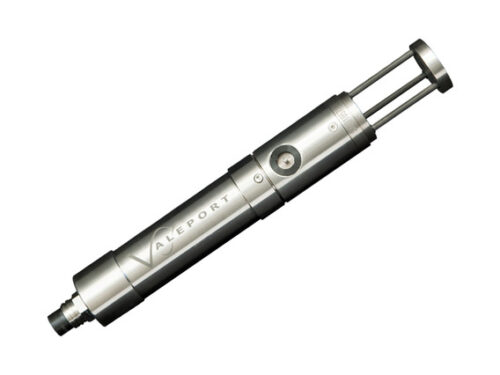Sound Velocity
Return to MetoceanSearch products
X Products selected
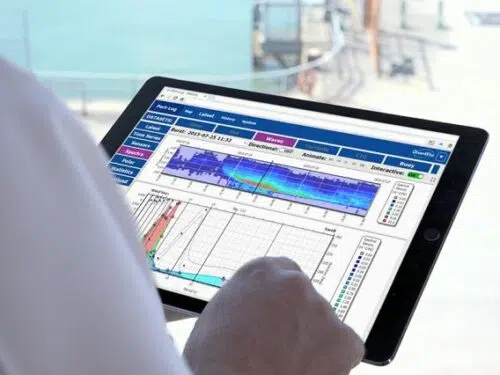
Port-Log System is a complete storage and publishing solution for environmental data acquired by different monitoring techniques and sensors.
Port-Log delivers environmental data from anywhere to anyone.
Port-Log allows your data to be viewed, downloaded, shared and disseminated by range of different users with varying access and security rights. Data is decoded, stored safely and provided in comprehensive web displays providing immediate and interactive access to your data.
Port-Log can be delivered as either a cloud based or installed system. Totally instrument independent, it is robust and flexible and recognises data inputs from a wide range of different sensors.
The display can be tailored to your requirements and there are several connectivity extensions available which allow data sharing to recipients unable to access the standard web pages including; remote vessels or devices, third-parties, external or internal software and applications.
- Off-the-shelf real time capability
- Cloud-Based OR installed on your own servers
- Easily share, view, disseminate and publish your data
- Easy-to-use web-based display system
- Foundation for environmental data management across your business
Port-Log.net is a quick and easy on-line storage and publishing solution for environmental data acquired by different monitoring techniques and sensors.
The ip.buffer range of smart telemetry units offer powerful and cost-effective solutions for the collection and transmissions of metocean data. The units are manufactured by leading telecommunications technology provider Scannex, and specially adapted by marine data experts OceanWise to meet the requirement of the most demanding marine environments.
“We are extremely happy with the performance of the ip.buffer. We are not aware of any other modem being able to preform to this standard”. Dr M Osborne, OceanWise.
- Smart telemetry with reliability built in
- Fail-safe and dependable
- Multi-sensor data on any device
- Delivers real-time information
The SBE 19plus V2 (Version 2) SeaCAT Profiler measures conductivity, temperature, and pressure (depth) and provides high accuracy and resolution, reliability, and ease-of-use for a wide range of research, monitoring, and engineering applications. The pump-controlled, TC-ducted flow configuration minimizes salinity spiking caused by ship heave and allows for slow descent rates without slowing sensor responses, improving dynamic accuracy and resolving small scale structure in the water column.
- Conductivity, Temperature, Pressure, and up to seven auxiliary sensors.
- User-programmable mode: profiling at 4 Hz, or moored sampling at user-programmable intervals.
- RS-232 serial interface, internal memory, and internal batteries (can be powered externally).
- Pump-controlled, T-C ducted flow to minimize salinity spiking.
- Depths to 600 or 7000 meters.
- Adds to Sea-Bird’s SeaCAT family, field-proven since 1987.
- Five-year limited warranty.
Compared to the previous 19plus, the V2 incorporates an electronics upgrade and additional features, with six differentially amplified A/D input channels, one RS-232 data input channel, and 64 MB FLASH memory. An optional Digiquartz® pressure sensor provides highest-accuracy pressure measurement. Data can be output in XML as well as ASCII and HEX formats. Firmware upgrades can be downloaded through the communications port, without opening the instrument.
The 19plus V2 samples continuously at up to 4 scans per second (4 Hz) (2 Hz with Digiquartz®), is battery-powered and self-recording, and is commonly used in the field without a computer, recording up to 1000 individual profiles. Data can be uploaded and processed later, as well as transmitted to a PC in real time for acquisition and display using Seasoft software provided (cable length dependent on number of auxiliary sensors, sampling and baud rate, and cable properties). The 19plus V2 can supply power to 7 external sensors and log their outputs with each CTD scan. Nine D-size alkaline batteries provide up to 60 hours of continuous operation when logging C, T, and P at 4 Hz.
The 19plus V2 is easily integrated with an SBE 32 Carousel Water Sampler and is ideal for integration with the SBE 55 ECO Water Sampler. Both real-time and autonomous auto-fire operations are possible with any Sea-Bird CTD / Water Sampler system.
In moored mode, the 19plus V2 records time series measurements at user-programmable intervals (10 seconds to 4 hours). Moored mode is easily configured with setup commands and by removing the profiling T-C Duct and installing optional anti-foulant devices. (If profiling not needed, the 16plus V2 SeaCAT Recorder offers greater moored-mode flexibility.)
CONFIGURATION, OPTIONS, AND ACCESSORIES
A standard SBE 19plus V2 is supplied with plastic housing for depths to 600 meters, strain-gauge pressure sensor, 64 Mbyte FLASH RAM memory, alkaline batteries, glass-reinforced epoxy bulkhead connectors, SBE 5M miniature pump with plastic housing, and T-C Duct.
Options and accessories include:
- Titanium housing for depths to 7000 meters, and SBE 5M miniature pump with titanium housing for 7000 meters
- Wet-pluggable MCBH series connectors
- SBE 5P (plastic) or 5T (titanium) pump in place of SBE 5M for use with dissolved oxygen and/or other pumped sensors
- Digiquartz® pressure sensor
- Stainless steel protection cage (For typical cage, see drawing 22009 for 19plus V2 with strain-gauge pressure sensor or 22010 for 19plus V2 with Digiquartz pressure sensor.
- Auxiliary sensors for Dissolved Oxygen (SBE 43 DO Sensor), pH* (SBE 18 pH Sensor or SBE 27 pH/ORP Sensor), fluorescence, radiance (PAR), light transmission, and optical backscatter (turbidity)
- Plastic shipping case
- Nickel Metal Hydride (NiMH) batteries and charger
- Moored mode conversion kit with anti-foulant device fittings
- Load-bearing underwater cables for hand-hauled, real-time profiling
- SBE 36 CTD Deck Unit and Power/Data Interface Module (PDIM) for real-time operation on single-core armored cable up to 10,000 meters
- * pH sensor for integration in Profiling mode only; not applicable to Moored mode
SOFTWARE
The SBE 19plus V2 is supplied with a powerful Windows 2000/XP software package, Seasoft©V2, which includes programs for communication and data retrieval, real-time data acquisition and display, and data processing (filtering, aligning, averaging) and plotting.
The rugged all stainless steel Digibar S was designed for un-tethered sound velocity casting. This configuration frees the probe from its electrical cable making deeper sound speed profiling a much easier and more reliable task.
- Rugged, stainless steel construction
- 500 meter maximum depth
- Records sound velocity, temperature, pressure and time
- Simple Windows based interface
With a 500 m maximum depth capability and storage for multiple casts, the “S’s” flexible design still maintains some of the best features of the popular Digibar Pro. Immediately before the unit is deployed, a simple system of flashing LEDs serves to confirm battery status, pressure sensor status, and overall probe operation. The confirming indicators drastically reduce the possibility of retrieving a deployment only to find that there is no data to show for the effort. Logging parameters are setup via a simple Windows interface communicating through your PC’s USB port. That same port is used to download the results of the cast and to charge the probe’s internal batteries. Cast data (sound velocity, temperature, pressure, and time) are stored internal to the probe in EEPROM. This means that critical measurements are maintained independently from the batteries that power the unit’s time of flight velocity determining circuitry, thereby providing an extra layer of security for the all-important cast results. Accurate, easy to use, rugged and reliable all appropriate descriptors of the Digibar S and the hallmark of Teledyne Odom’s product lines.
The MIDAS CTD (previously known as the Model 606) is Valeport’s premier CTD Profiler. High accuracy sensors (including ±0.01% pressure) and robust titanium design allow reliable operation to 6000m depth, under the harshest conditions
It also features truly synchronised sampling to ensure that all sensors are sampled at exactly the same point during a profile. Primarily for use as a self recording profiler, the MIDAS CTD also has a range of communications options for real time use, and the low power consumption and large memory also make it suitable for longer term deployments.
The MIDAS CTD+ is a revolutionary Multiparameter CTD, with a wide choice of standard sensors.
Featuring Valeport’s latest 400 Series electronics, the CTD+ will sample all fitted sensors at exactly the same instant, at up to 8Hz. Advanced setup software allows a variety of sampling regimes including burst modes, delay starts, and conditional sampling.
With up to 64Mbyte memory and internal battery pack, as well as a selection of real time output formats, the CTD+ is perfect for both profiling or fixed mooring applications. In addition, the CTD+ may be used with Valeport own water bottle carousel.
The MIDAS SVP is the new name for Valeport’s renowned Model 650 Mk2 Sound Velocity Profiler, and it gives the most accurate Sound Velocity Profiles currently possible.
As well as using the world leading digital time of flight sound speed sensor, this instrument also has a ±0.01% pressure sensor, and features Valeport’s synchronised sampling technique to guarantee that all sensors are sampled at exactly the same point during a profile. Titanium construction and a large memory make it suitable for rapid profiling down to 6000m depth.
The MIDAS SVX2 is the latest version of Valeport’s unique instrument. Recognising the conflict faced by users requiring the superior Sound Velocity data from an SVP, but still needing the Salinity and Density data from a CTD, the MIDAS SVX2 combines both technologies to give the best of both worlds.
Now fitted with a 0.01% pressure sensor as standard, the SVX2 also uses synchronised sampling to ensure perfect profiles, and since the digital time of flight SV sensor is the most accurate in the world, it’s also possible to compare the true sound velocity data with that generated by commonly used equations.
The miniSVS Sound Velocity Sensors use state of the art digital “time of flight” technology to provide the lowest noise, highest accuracy, best resolution sound velocity data available.
Small size and a choice of sensor lengths down to just 25mm make the sensor suitable for a variety of applications, and the optional pressure or temperature sensor adds versatility. There is a choice of data formats to allow interface to existing systems. We will also consider OEM and custom designs.

